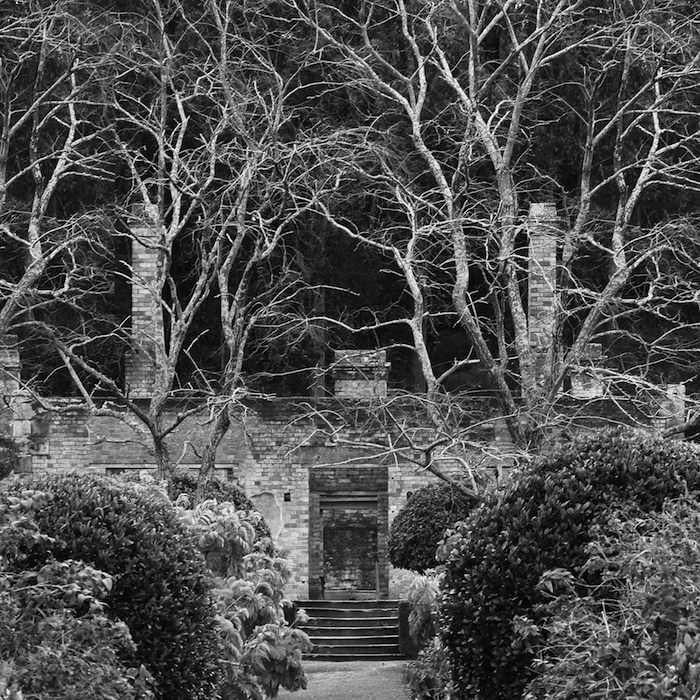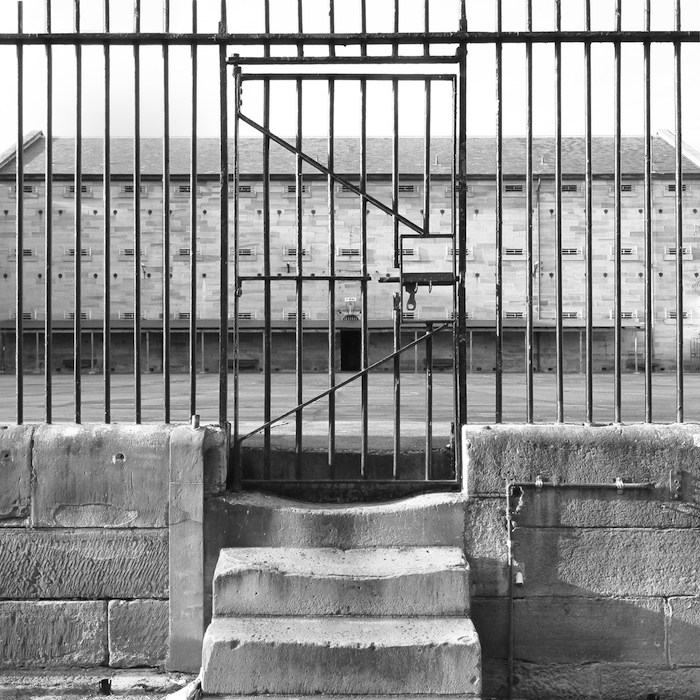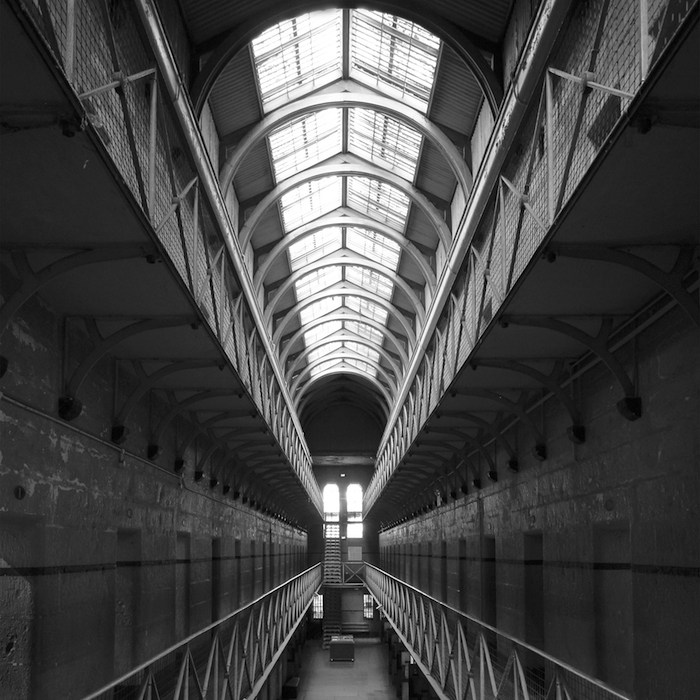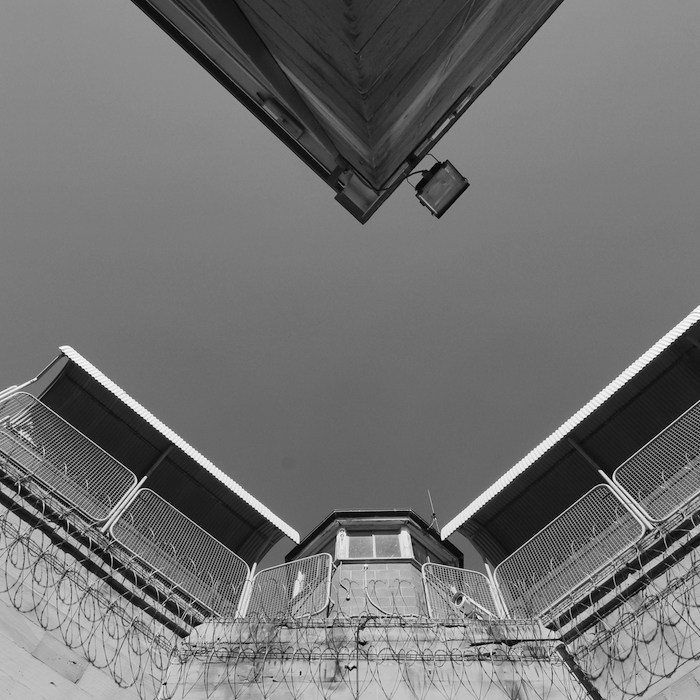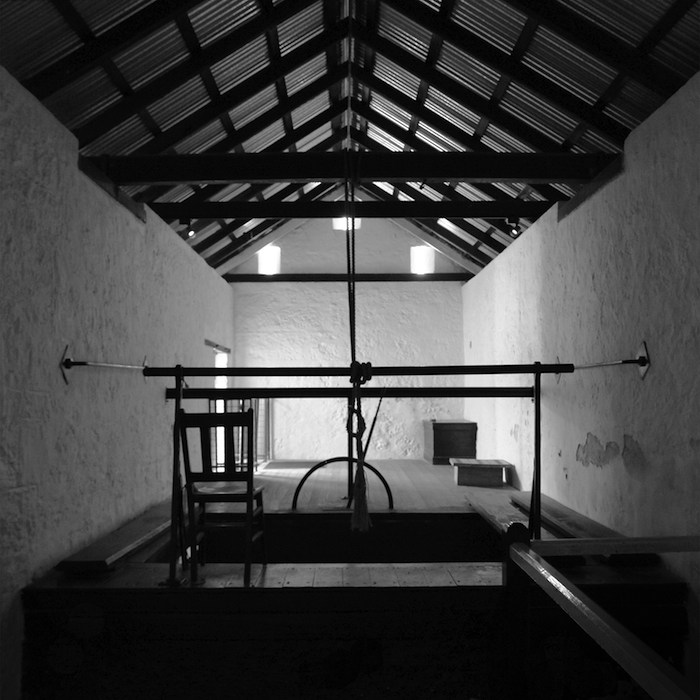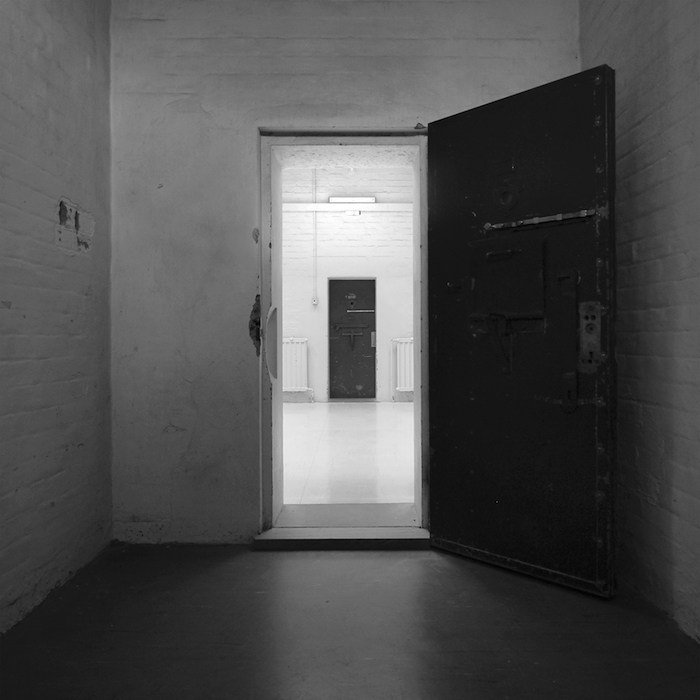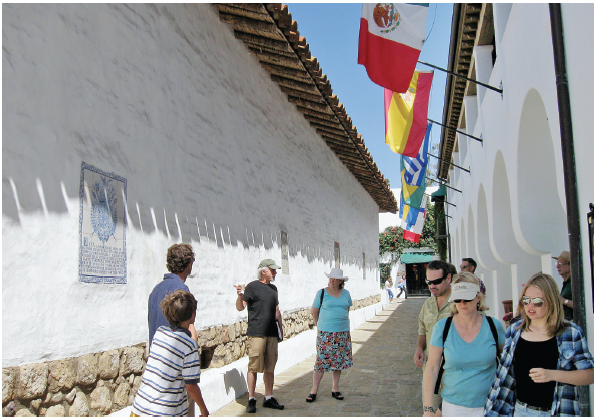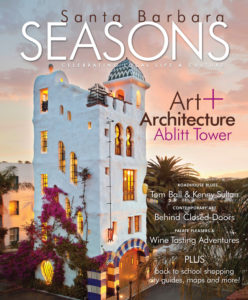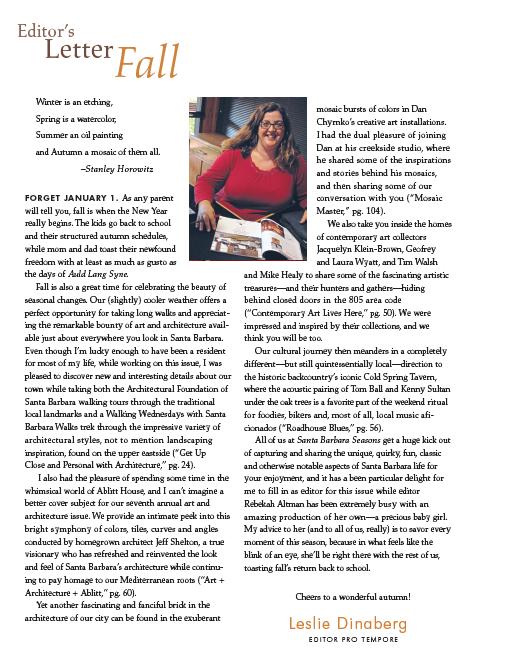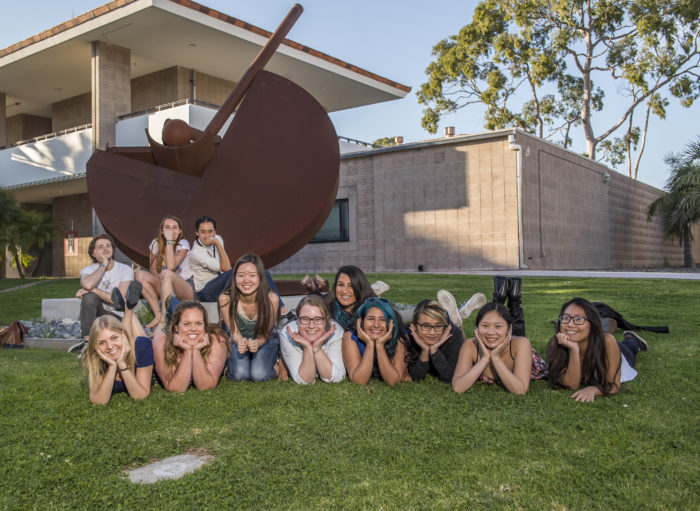
Art, Design & Architecture Museum student interns strike a pose. Courtesy UCSB Art, Design & Architecture Museum.
Interns at the Art, Design & Architecture Museum earn academic credit and valuable experience
By Leslie Dinaberg
Wednesday, August 28, 2019 – 06:00 Santa Barbara, CA
When this year’s cohort of interns take their place at UC Santa Barbara’s Art, Design & Architecture Museum (AD&A Museum), they’ll have the opportunity not only to add valuable skills to their own resumes, but also serve to the University and the broader Santa Barbara community.
“We are contributing to the development of the museum field by fostering future professionals,” said Elyse Gonzales, AD&A Museum’s acting director. “I also see the internship program, and all of our efforts really, as a means of developing future museum visitors, members, and donors for our museum and all museums in general. Our goals for the undergraduate internship program at the AD&A Museum are quite ambitious.”
Internships for academic credit are offered in the curatorial, collections management, archival management, programs/events, education outreach and public relations departments of the AD&A Museum. The museum also offers collaborative internships with the University Library’s special collections department; the Santa Barbara Museum of Art, where interns serve as gallery guides for students in grades six through 12; and with online platform impactmania — in collaboration with the Neuroscience Research Institute, Department of Religious Studies and global partners — where interns work to deliver a suite of interviews, interactive presentations, and events related to the topic “Human Mind and Migration.”
“I approach all of our UCSB students — really all students — who come to the museum the same way, with a warm welcome, emphasizing that the museum is for them,” Gonzales said. “If we can get them to visit while they are at UCSB, give them a positive experience and help them understand that the museum is not an intimidating place — this is not a place that is about exclusion, it’s about inclusion — then you’ve hooked a museum-goer for the rest of their life.
The more we can reach out to and engage younger generations, the better we are going to be in the long run. And when I say ‘we’ I mean the AD&A Museum, but also museums in general.”
Gonzales credits much of the vision for the internship program to Bruce Robertson, the recently retired museum director. “Studies reveal that most museum professionals and others in the arts became interested in these fields because they had a pivotal moment with an object or a formative creative experience. Knowing that, and with education as the imperative of the entire university, we immediately understood that we could make a significant contribution to our field,” Gonzales said. “But, also the reality of our situation is that we have a lot of tasks, projects, and events that need to be executed and managed and loads of ambitions to do even more. Knowing this, it became clear that working with students would not only help them but help us achieve our goals and mission.”
Focused on professional development, the resulting program pairs students with employees at the museum.
“The students have been great to work with — they are excited to learn new things, go ‘behind the scenes’ at the museum, and are able to explore possible career paths,” said Architecture and Design Collection Reference Archivist Julia Larson. “The students are eager to come in for their intern shifts because they are working on concrete projects — putting materials in folders, organizing and labelling collections, assisting with cataloging which they can cite as examples of work projects for future jobs or grad school. They also ask a lot of good questions and force me to think through my work and how best to explain things.
“The students learn how to process archival collections,” she added, “which is very hands-on work.”
Said Susan Lucke, collections manager and registrar, “We rely on our interns so much. They’re just not doing entry-level work. They actually get to do work that I would do. We need the help, and they gain a lot of experience and that’s so useful when they start to look for a job.
“I think it’s helpful for kids to look at all their options in school and this is a really a good program,” Lucke continued. “It’s not like sitting in a classroom with 300 other kids. It’s more of an intimate experience, and students get a lot of one-on-one attention plus it enables them to look at another side of life.”
AD&A Museum interns have gone on to graduate school; the Peace Corps; and to careers at many different kinds of museums, including the Smithsonian, the Peterson Automotive Museum, the Santa Barbara Museum of Art, the Museum of Contemporary Art Santa Barbara and the Architectural Foundation of Santa Barbara, among others.
For-credit internships are open to undergraduates in all majors. “We find that many of our interns love art and architecture but also feel like they need to have a degree in something else, something they perceive as being more stable,” said Gonzales.
“The impetus behind this internship program is primarily to help give students professional experiences but also to help alleviate student and parental concerns about future career opportunities,” she added. “In addition, one of my goals is to help reflect the diversity of our campus and to create opportunities to diversify the field for future museum leadership.”
What she feels most proud about the internship program is that when students leave, they have concrete real- world experiences they can put on a resume and several individuals willing to give them a great reference. “A really smart and committed intern can do wonders,” Gonzales noted. “We should know, our museum wouldn’t function half so well without their terrific help.”
Originally published in The Current (UCSB) on August 28, 2019.

